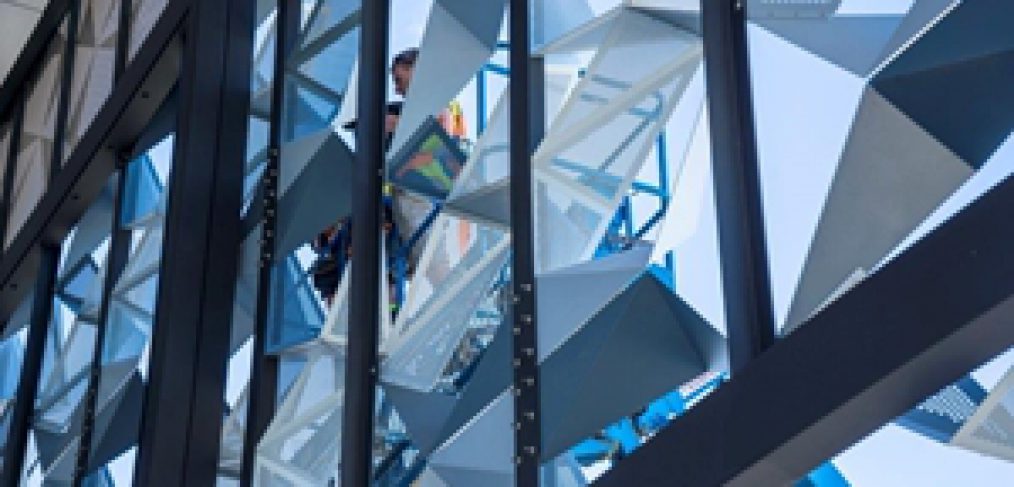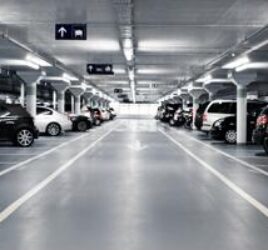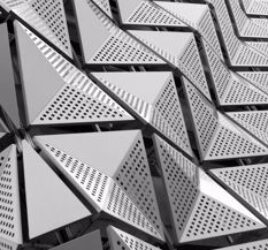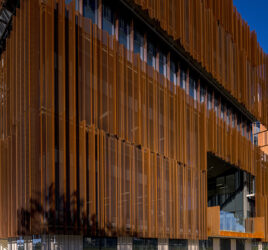
Not just a pretty face: facades do more than look good
Finding a balance between form and function is essential when designing the facade of a building.
Facades do more than act as a visual marker. Part of achieving this form/function balance is to give it more than a single use. While retrofitting a facade can dramatically reduce a building’s energy expenditure, there’s much more they can do.
The only limit to a facade’s function is imagination. In this article, we’ll look at some innovative facade designs that have fully embraced multi-functionality.
Facades that adjust to temperature
In the sweltering climate of Abu Dhabi, buildings with glass exteriors act as gigantic magnifying glasses for the sun’s intense rays.
This was the situation faced by the Al Bahar towers, designed by Aedas Architects. The solution? Sunscreens that change in response to heat. According to Abu Dhabi Media, the exterior modules are controlled by computers that react to the sun and change configuration to better shade the buildings’ residents, protecting them from the harsh temperatures.
“The way you’re seeing it now, it will probably never look like that again, in that the mashrabiya – as we call it – on the building will actually open and close as the sun moves round the building throughout the day,” said deputy chairman of architectural firm Aedas Peter Oborn, speaking to Abu Dhabi Media. ‘Mashrabiya’ is the Arabic name given to the particular style of wooden lattice screening the modules take inspiration from.
In a similar vein, Locker Group’s Atmosphere facade reduces the amount of solar radiation hitting a building’s windows while retaining air flow and vision out.
Facades that pluck pollution from the atmosphere
A hospital in Mexico City does more than heal patients inside its four walls. Outside, it improves the health of nearby residents, thanks to its unique facade that scrubs pollutants from the surrounding air. The facade is coated in a titanium dioxide layer, which when exposed to UV radiation, converts common car exhaust pollutants (such as nitrous oxides, volatile organic compounds and sulfur dioxide), into harmless products, according to German architectural firm Elegant Embellishments.
This single facade has the ability to remove 1,000 cars’ worth of pollution per day. According to Gizmodo, the unique shape of the facade also helps to slow down the flow of air around the building, to further heighten its efficiency at removing toxins.
Not every facade needs to employ cutting technology to improve functionality. To find out how Locker Group’s range of architectural products can help improve the energy efficiency of your building, get in touch with the team today.




